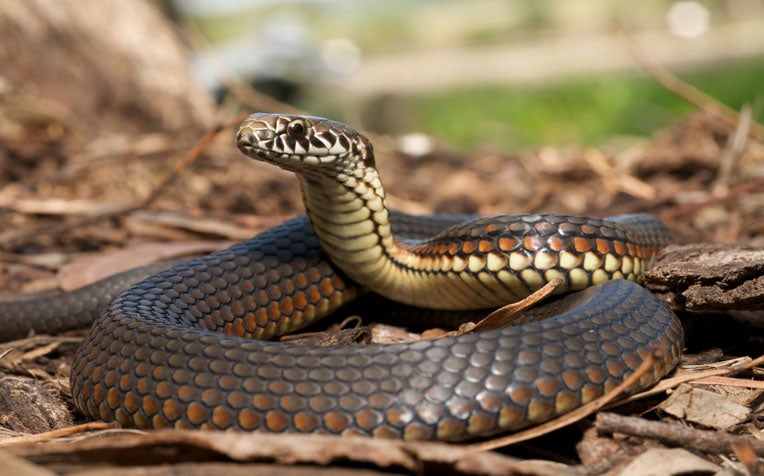HealthXchange will NEVER ask you to transfer money over a call. If in doubt, call the 24/7 ScamShield helpline at 1799, or visit the ScamShield website at www.scamshield.gov.sg.

Snake bites can cause serious consequences if not treated with care.
Snake bites may potentially cause serious complications if not treated properly.
Though not all snakes are venomous, no snake is welcome in homes and gardens, or in condominium playgrounds.
Of the 3,000 snake species in the world, only 600 are venomous. Still, it is safer to be cautious around snakes, for a snake bite can cause serious complications if it is not treated promptly.
“A venomous snake bite can lead to serious tissue damage or necrosis and paralysis of the respiratory and skeletal muscles. Always treat a snake bite as a medical emergency,” says Dr R Ponampalam, Senior Consultant, Department of Emergency Medicine, Singapore General Hospital (SGH), a member of the SingHealth group.
Do's and don'ts for handling a snake bite
Do’s
Stay calm and call 995
Let the victim of a snake bite lie in a semi-reclined position with the bite wound below the level of the heart. This prevents the venom from spreading to other parts of the body until medical help arrives.
Immobilise the bitten limb
Tie a bandage 2 to 4 inches above the bite wound to slow the spread of venom in the body. If the bite area turns cold or numb, the bandage is too tight. Loosen it. Use a splint to immobilise the wounded limb.
Clean the wound
If there is bleeding, stop it first by applying pressure on the bite wound. When the bleeding stops, clean the wound with soap and water to prevent infection. Dress up the wound. Do not wash the wound under running water.
Get medical help early
The snake bite is usually not venomous if there is no swelling or discolouration within five minutes of being bitten. However, for some snake bites, these signs may only appear after several hours.
As snake bites can potentially be fatal, always treat a snake bite as a medical emergency. Call for help early and bring the victim to the nearest Emergency Department for further evaluation.
Don’ts
- Don’t apply ice on the snake bite as the ice may block blood circulation.
- Don’t suck the blood out with your mouth (germs in the mouth may cause infection in the bite wound) and you may be also exposing yourself to the venom.
- Don’t attempt to cut the wound.
- Don’t attempt to guess whether the snake was venomous or not, based on its physical characteristics. “Even emergency physicians are not always able to definitely identify a venomous snake,” says Dr Ponampalam.
Read on to learn about the symptoms and treatments for a snake bite.
Ref: S13
Contributed by
Related Articles
Conditions & Treatments
Public Events
Get the Health Buddy App
© 2025 SingHealth Group. All Rights Reserved.
















 Get it on Google Play
Get it on Google Play